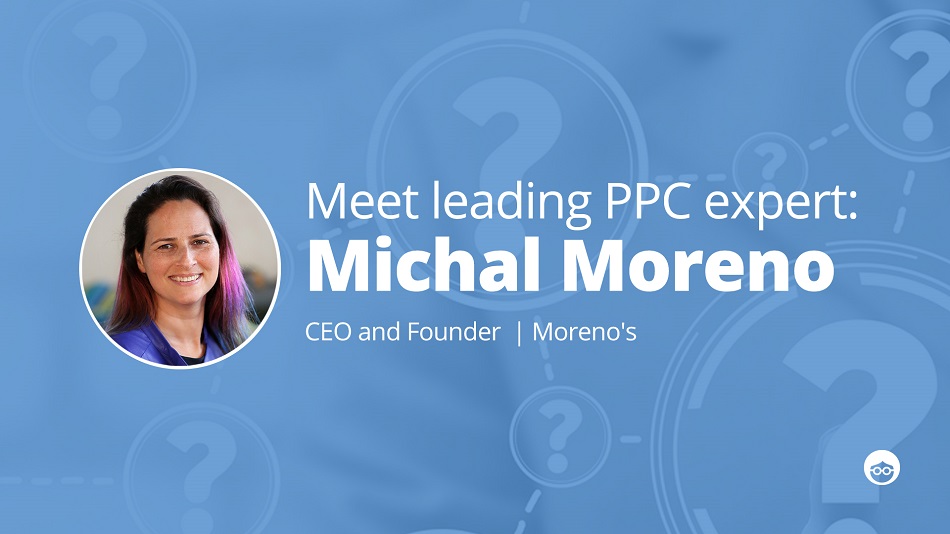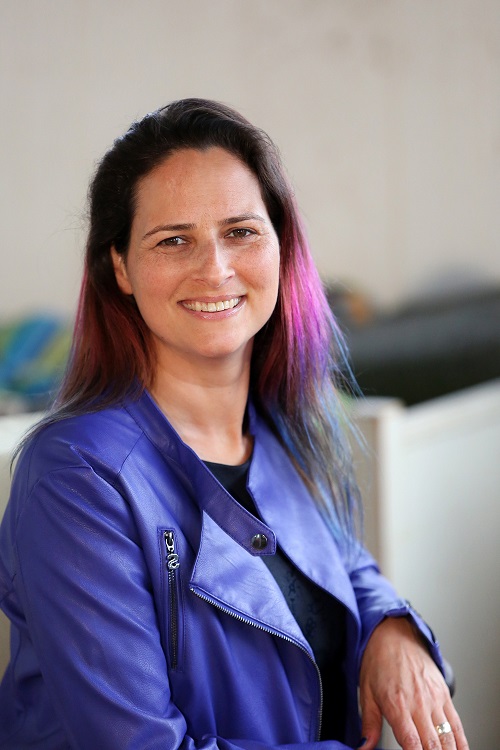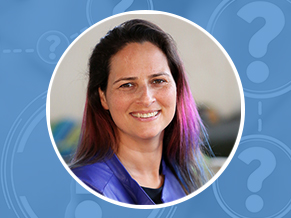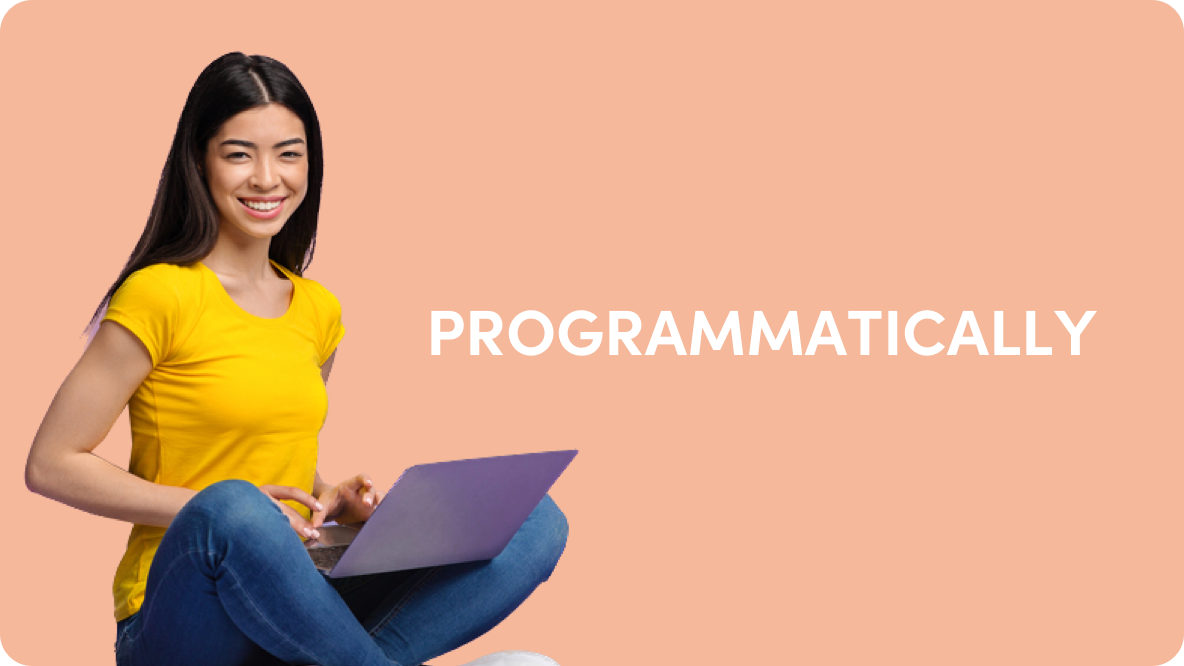How a Leading PPC Expert Got Great Results from Native Advertising: An Interview With Michal Moreno

Recently, Anat Oransky Lev, Outbrain’s Marketing Manager in Israel, sat down with PPC expert Michal Moreno to discuss what’s new and what’s changed in the world of digital marketing, and how her agency was able to leverage content discovery via native advertising to get great results for a challenging campaign.
Michal Moreno is the founder and CEO of Moreno’s, an Israel-based online advertising agency. With over 17 years of digital marketing experience, from before the days of “Web 2.0”, Michal runs a thriving Facebook group for PPC professionals in Israel, with over 16,000 members.
Let’s hear what Michal has to say:
Anat: You’ve been in the digital marketing business for a long time. What have been the main changes you’ve seen over the years?
Michal: In the past 15 years, the internet has moved to a more user-generated content environment. The line between content consumer and producer has become blurred, there is more direct contact between customers and businesses, and the world of marketing as we once knew it was turned on its head.
One of the areas that has seen almost complete change is the development and launch of new products to the market. Until a few years ago, this was the domain of large organizations only, who had the large budgets and the help of big-name advertising agencies. Today, the situation is very different. Thanks to digital marketing, private entrepreneurs and small businesses with the right know-how can reach massive audiences worldwide with relatively low budgets. What’s more, today, everyone has access to sophisticated online targeting tools that can help them reach specific audiences based on many different parameters, such as location and interests.
Given all that, has the consumer decision-making process changed too?
The general psychological process of decision making has not changed. It has always been something like this: the consumer recognizes a need, then s/he collects information about possible solutions, considers the alternatives, makes a decision, carries out the purchase, and later, evaluates the decision to determine whether it lived up to expectations.
Today, there are so many new products and services available and total online information overload. A huge challenge for marketers is making sure that potential customers are even aware that their product exists.
How does this alter the way performance marketers try to capture the hearts and minds of consumers?
Well, if the consumer isn’t even aware that a particular product or service exists, how can they search for it? This puts a question mark on the Search advertising option, which will not be an ideal fit for these types of products.
Here’s a real-life example of one of my clients in Israel, who provides a premium medical service that was not previously available in the country. The Israeli public receives healthcare services via a few government-funded HMOs, so the average Israeli consumer did not know this particular medical service was even an option in Israel, as it was not offered by their healthcare organization.
The challenge for us was getting wide exposure for this unfamiliar service to the Israeli consumers who need it. And because the service was new to the general public, the exposure had to include a longer, deeper storytelling aspect, giving enough space to explain what the service is and all the benefits it provides.
Remember, the overall decision-making process of the consumer remains the same: it begins with identifying the problem or need, then moves to the information-collecting stage, and finally the evaluation of alternatives.
In the case of a new product, or one that never existed in the market before, the potential customer can’t identify the problem; or if s/he does identify the problem, they are not aware of this option as a solution. And this is where the problem arises – advertising managers need to find a way to reach the customer and engage them with the new product.
Is display advertising an option in this case?
Although the targeting options available on the Google Display Network have become much more advanced in the past year or two, it is still very difficult to sort the “wheat from the chaff”, so to speak, and to generate high quality traffic at a low cost. You’ve got to spend a considerable amount of money before you start seeing results. Display advertising is still a suitable medium for large advertisers who want to generate brand exposure, or have already exhausted all other leads and have a significant budget to spend, but it was not a good fit for the yet-unknown medical service we were trying to promote.
Furthermore, Google does not allow remarketing of medical products, so in this specific case, we were out of the game.

Michal Moreno
How about social media advertising?
Social media advertising is ostensibly relevant, because it enables you to target audiences in appropriate age groups. Yet the options for targeting for medical conditions are very limited. Also, when a user is on social media, they’re not really looking for a ‘discovery’ experience – they’re more likely looking for fast news, entertainment and amusement.
In the case of this medical client, advertising on Facebook wasn’t very effective, and the leads generated had a very low conversion rate. This was probably due to the fact that social media isn’t a suitable platform for telling deeper brand stories.
What other digital channels did you try for the campaign?
The last channel we tried was Outbrain’s content discovery via native advertising. With Outbrain, we finally had the ability to create a deeper story, and deliver it to potential customers in installments. It was exactly what we needed.
The process with Outbrain was aligned with our SEO efforts and what we knew were the most searched keywords. We found there were many searches for certain keywords related to the medical service, so all we needed to do was to tell the audience that this service is available privately – and offered by our client.
We created an article with the headline “A [KEYWORD] expert! – There is such a thing!”, with the keyword as the name of the medical problem, which is a highly searched term. The article described the medical service, and explained how the reader could reach these experts to receive the service. Of course, we tried other headlines, but this one worked best.
How do you integrate content discovery with other performance marketing channels?
Currently, we provide the client with a mix of Outbrain native advertising and Google search ads. With Outbrain, we raise awareness of the medical service offered by our client. Then, we target audiences who are searching for the service via Google search ads. We find that this is a great mix that offers the best coverage of all the discovery stages of the targeted audience.
We also generate leads from Outbrain campaigns from the first touchpoint with potential customers, as well as from in-depth remarketing campaigns targeting customers who have read the first Outbrain article but didn’t yet convert.
Thanks Michal, this has been a fascinating conversation! I’m curious to see how the market will change in the next 5 or so years. Shall we schedule an interview for 2025?
You bet! Let’s go for it.












